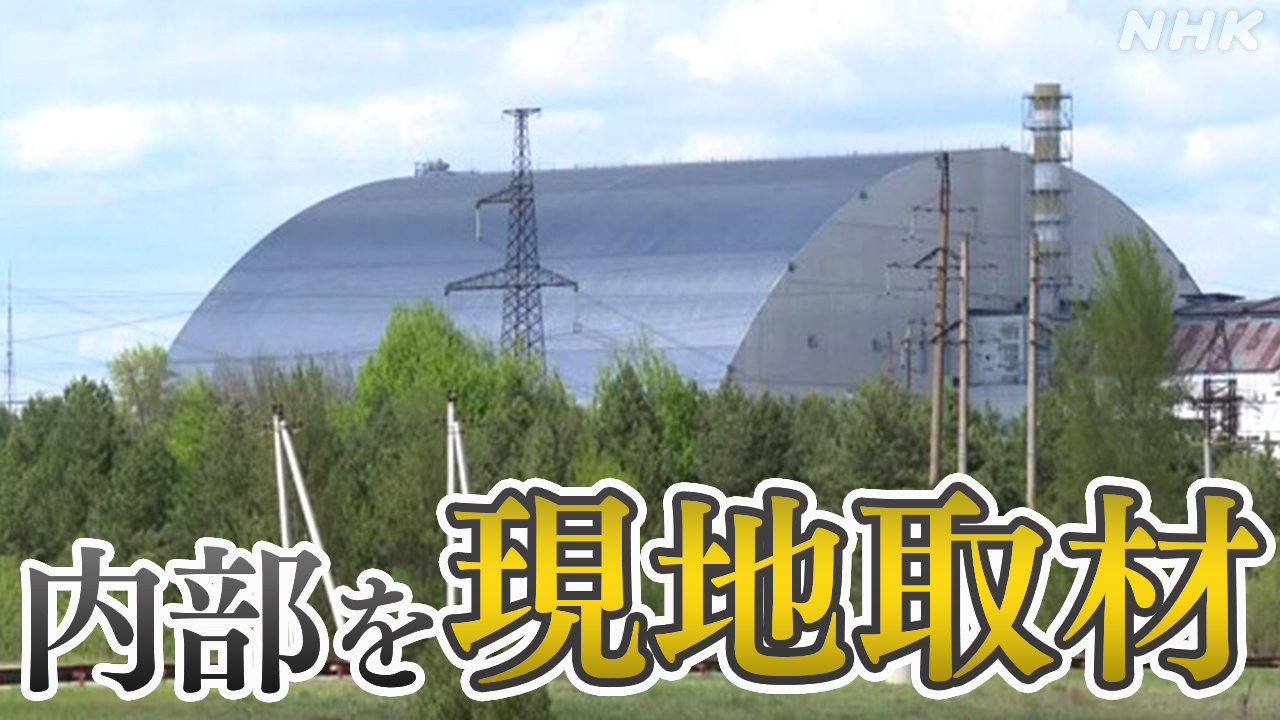Assessing the Damage: Chernobyl Shelter Under Scrutiny After Russian Assault
The Russian assault on Ukraine has cast a long shadow, extending far beyond the immediate conflict zones. One particularly concerning consequence is the impact on the Chernobyl Exclusion Zone, home to the infamous Chernobyl Nuclear Power Plant and its precarious sarcophagus. Reports of damage to the shelter and potential radiation risks have sparked international concern, demanding a thorough assessment of the situation. This article delves into the current understanding of the damage, the ongoing challenges, and the long-term implications for the site and the surrounding environment.
The Immediate Aftermath: Reports and Concerns
Following the initial Russian occupation of the Chernobyl site in late February 2022, reports emerged of damaged infrastructure and potential breaches in security protocols. These reports, initially fragmented and unconfirmed, painted a picture of chaos and raised serious fears about the potential release of radioactive materials. Early concerns centered around:
- Disruption of power supply: The uninterrupted power supply to the Chernobyl New Safe Confinement (NSC), a massive structure built to contain the damaged reactor, was crucial for maintaining its integrity and preventing further radioactive leaks. Reports suggested disruptions to this power supply, raising alarm.
- Displacement of personnel: The forced evacuation of Ukrainian personnel responsible for monitoring the site left a critical gap in safety and security. The lack of trained personnel to oversee the site compounded the dangers.
- Potential damage to the sarcophagus: Although initial reports suggested the sarcophagus itself remained intact, the potential for collateral damage from fighting or shelling near the site was a major worry.
- Compromised radiation monitoring: The disruption of regular radiation monitoring systems hampered accurate assessments of the situation and hindered effective response measures.
The IAEA's Investigation: Unveiling the Truth
The International Atomic Energy Agency (IAEA) played a crucial role in assessing the situation at Chernobyl. Their investigation shed light on the extent of the damage and the subsequent risks. The IAEA's findings highlighted:
- Temporary power outage: While the power supply was indeed disrupted for a period, the IAEA confirmed that it was subsequently restored, minimizing the risk of a major incident.
- Increased radiation levels in certain areas: The IAEA reported elevated radiation levels in some areas due to the movement of military vehicles and personnel across contaminated land. However, they emphasized that these increases were localized and did not represent a widespread environmental threat.
- No significant release of radioactive materials: The IAEA investigation concluded that, despite the chaos and damage, there was no significant release of radioactive materials into the atmosphere that posed a widespread health risk. This was a critical finding, allaying some of the initial worst fears.
Long-Term Implications and Ongoing Monitoring
While the immediate crisis appears to have been averted, the long-term implications of the Russian occupation remain a concern. The damage to infrastructure, the disruption of monitoring systems, and the potential for long-term environmental contamination require sustained attention. Ongoing monitoring and efforts are focused on:
- Repairs and restoration: Repairing the damaged infrastructure and restoring the site's security protocols is a priority.
- Environmental remediation: Assessing and mitigating any long-term environmental contamination from the movement of military equipment is essential.
- International cooperation: Continued international collaboration is vital to ensure the long-term safety and security of the Chernobyl Exclusion Zone.
Conclusion: A Precarious Peace
The Russian assault on Chernobyl highlighted the fragility of the site's safety and security. While the immediate danger of a catastrophic release of radioactive materials appears to have been averted, the situation remains precarious. Ongoing monitoring, international cooperation, and a commitment to long-term environmental remediation are crucial to ensure the safety of both the local population and the wider environment. The events at Chernobyl underscore the devastating impact of armed conflict on sensitive environmental sites and the importance of robust international safeguards for nuclear facilities.
Further Reading: For more information, you can visit the official website of the International Atomic Energy Agency (IAEA).
